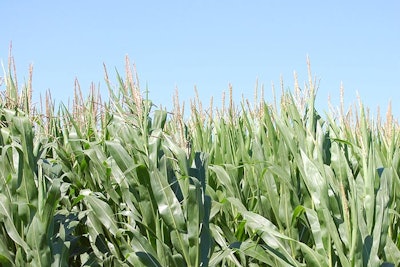
In Econ 101, students learn that in free markets, prices for commodities, like ready-to-cook chicken and turkey as well as eggs, are set by supply and demand. If more of a commodity is offered for sale and there is no increase in demand, the price for the commodity will fall. Conversely, if supply falls and demand remains the same, the price will increase. In markets where there are many buyers and many sellers, each buyer and each seller makes independent decisions on whether to produce more or less or buy more or less of a commodity. The price-fixing lawsuits against poultry producers ignore these basic economic principles.
The lawsuits against broiler producers use the decisions to produce more or less chicken meat made since the Great Recession to spin a tale of collusion and price fixing. During the recession, U.S. broiler companies were faced with reduced demand because of lower household incomes and increased cost due to record-high corn and soybean prices as a result of the combined effects of the Renewable Fuel Standard (RFS) and successive drought years. Econ 101 students realize that the rational response to this unprecedented scenario was for individual broiler producers to all arrive independently at the same conclusion: they had to cut back production.
Pilgrim’s Pride, a company that declared bankruptcy during the period of high grain prices, is a defendant in these broiler price-fixing lawsuits because it reduced its production of chicken products. I suppose the lawyers think the rational response to bankruptcy is for a company to find new investors/creditors who will finance increased production levels at a loss?
The lawsuits and much of the popular press coverage don’t examine the enormous losses that broiler producers incurred during the recession and its immediate aftermath, and instead focus on the profits accrued after grain prices fell and demand for chicken increased. The same type of supply and demand scenarios have also played out in beef and pork markets. But instead of leaning a basic economics lesson from this, the lawyers see collusion everywhere and have initiated a price-fixing suit against pork producers.
Since lawyers seem to see collusion and price fixing behind every rise in commodity prices, why don’t they sue corn growers for the “price fixing” that led the farm price of corn to go up 200 percent from 2005 to 2013? Lobbying efforts led Congress to establish the RFS as a means of supporting corn prices. A cynic might argue that this is a real example of collusion to raise prices.


















